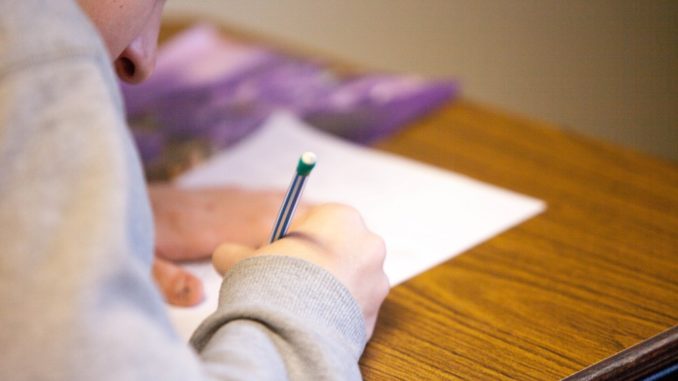
The results of a national exam, which is known as the nation’s report card, have offered the most definitive picture yet of the Covid pandemic’s devastating impact on students, The New York Times reported.
Students in most states across the nation and across almost all demographics experienced setbacks in both math and reading.
The national exam results for the National Assessment of Educational Progress were released today, an authoritative voice on how students are doing nationally. The test has a broad sampling of fourth and eighth graders and dates back to the early 1990s.
The test results released today were the first since the Covid pandemic began.
In math, the results were especially devastating. It represented the steepest decline ever recorded. A tiny 26 percent of eighth graders were proficient in math, which dropped down from 34 percent in 2019.
The results for fourth graders were only marginally better, with declines in 41 states. Only 36 percent of fourth graders were proficient in math, which was down from 41 percent in 2019.
The results were also poor in reading. Reading scores declined in more than half of the states. Only about one in three students met proficiency standards in reading.
The test shows a continuing downward trend that began even before the pandemic.
The pandemic exacerbated the decline. The results showed how closing schools hurt students. However, researchers cautioned against drawing fast conclusions about whether states, where schools stayed remote for longer, had significantly worse results.
The most vulnerable students in America were left even further behind. Test scores dropped even more.
Secretary of Education Miguel Cardona said the results were appalling and unacceptable.
“This is a moment of truth for education. How we respond to this will determine not only our recovery but our nation’s standing in the world,” Cardona said.
The exam is administrated by federal officials and is considered more rigorous than many state tests. It sampled nearly 450,000 fourth and eighth graders in more than 10,000 schools between January and march.
The results raise significant questions about where the United States goes from here.




Be the first to comment